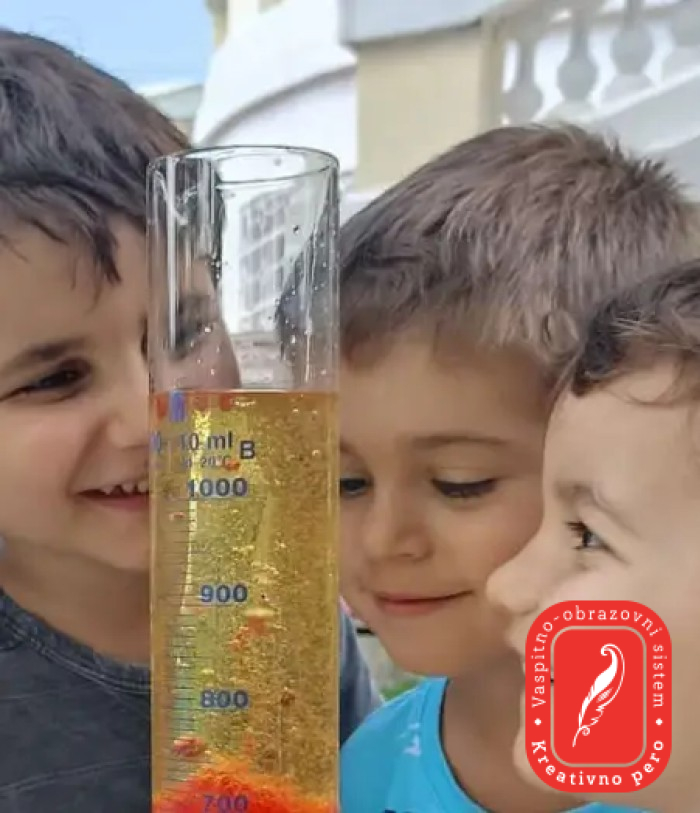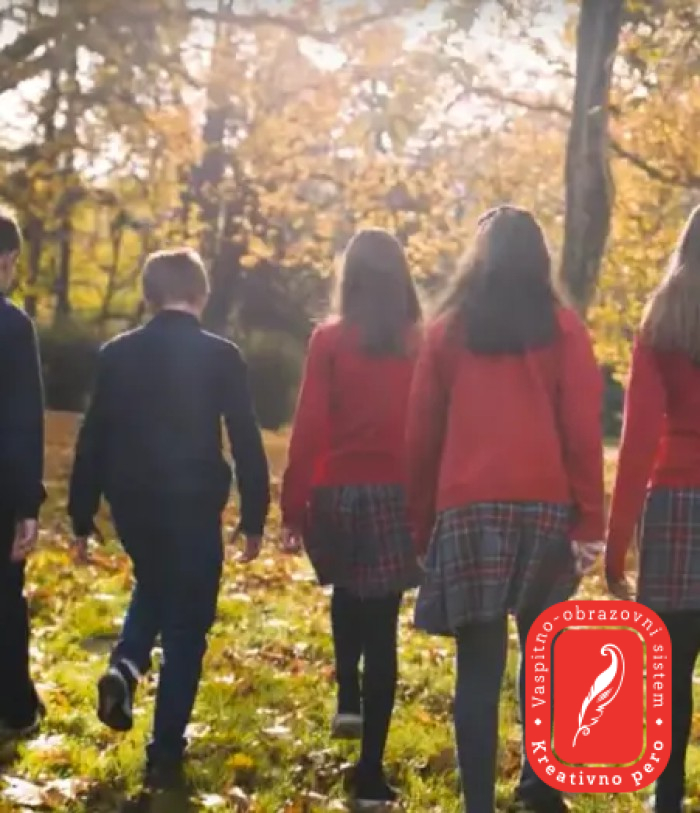Joining the kindergarten represents a significant change for a child, since they leave their safe environment and change the usual daily rhythm to a new one. Every child reacts differently to new situations, and adapting to kindergarten is no exception. For this reason, children react to adaptation in different ways - some cry, refuse food, complain, while there are also cases (not rare) when a child is eagerly waiting for the return to kindergarten the following day. The path from refusing to join the kindergarten to being excited for meeting new friends and teachers is long and it is necessary to go through all the steps to help the child adapt to the new environment as soon as possible, and feel happy and accepted in it.
At Kreativno pero preschool, we believe that before the adaptation itself and the child's first day in kindergarten, it is important to discuss with the parent or another close person about the steps that should be taken together. It is essential that the person, entrusted by the parents to take care of their child, encourages and supports the parents in any dilemmas they might have. The parent-teacher relationship is therefore a key factor that determines the success of this process, and special attention should be paid to the issue of establishing trust between these two important persons for the child. It is crucial to develop a stable relationship of trust between the teacher and the parent from the very beginning, so that the child knows that the parent is not hesitant and that is leaving the child with someone they trust and in whose presence they will feel safe.
In the first days of adaptation, but also during the later stays in kindergarten, the crucial issue is the well-being of both the child and the parent or a close adult. Adaptation involves certain steps or stages, and a successful transition to the next step is possible only with the wholehearted involvement of all those who care for the child's well-being. Another important consideration is to leave enough time for both the child and the parent to get used to new circumstances. This also means that the adaptation process should not be interrupted, as each following attempt at adaptation would become more difficult. In professional literature, three main types of adaptation are identified, thus distinguishing between easy, medium and difficult adaptation. The child's behavior during the adjustment to the new environment, teachers and other children, depends on the child itself, its temperament and habits, other factors influencing the child, as well as the relationship between teacher and parents and even professional associates. It is crucial to establish a partnership based on equality and trust during every adaptation. Trust as an essential element of the partnership between adults who care for the child's well-being and, on the other hand, between the child and the adults, should be based on being consistent in behavior, compassionate and understanding for the needs of others, communicative and open, so as to rely on strengths and potential of the other person.
Adaptation usually lasts about a month, and during this time both the child and the parents gradually get used to the significant life change. What you can do as a parent or close adult is to: be punctual when you come (always arrive at the time you agreed with the child), show understanding for your child's feelings and reactions; learn more about the kindergarten through playing with the child instead of insisting on explanations; show the child that you accept them even if (or when) they refuse the kindergarten; give your child enough time to overcome their insecurities about being separated from you; introduce your child to the kindergarten, group and future teachers by visiting kindergarten and talking to the children from the group; convince your child that the kindergarten is a place where both of you will grow together; reassure your child that you are leaving them in safe hands and in a place where they will feel safe and comfortable.





